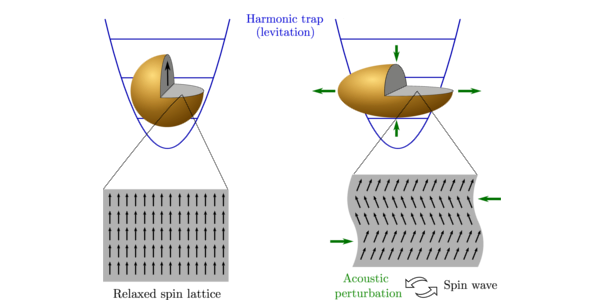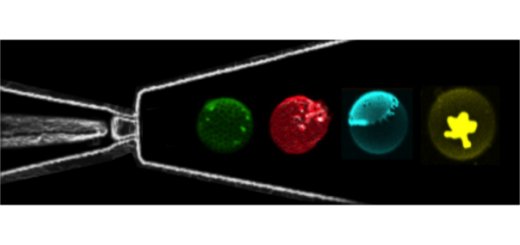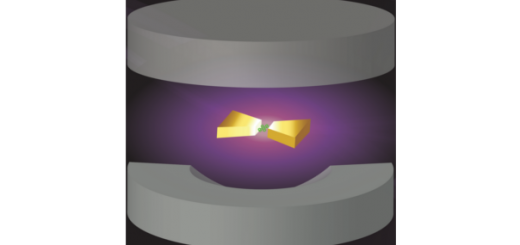Theoretical Challenges in Levitated Nanomechanics: the case of magnon-phonon interaction
Title: Theoretical Challenges in Levitated Nanomechanics: the case of magnon-phonon interaction.
When: Thursday, May 10, (2018), 15:00.
Place: Department of Theoretical Condensed Matter Physics, Faculty of Sciences, Module 5, Seminar Room (5th Floor).
Speaker: Carlos Gonzalez-Ballestero, Institute for Quantum Optics and Quantum Information of the Austrian Academy of Sciences, & Institute for Theoretical Physics, University of Innsbruck, Austria.
Starting from the first studies on cavity optomechanics some decades ago, and reaching the present day with, for instance, the ultrasensitive motion detectors at LIGO, mechanical degrees of freedom have been integrated into many areas of quantum physics [1]. In nanomechanics, a particularly promising possibility is the stable levitation of nanoscale objects since, by eliminating the clamping losses, it allows for e.g. quantum state control at room temperature, or generating macroscopic quantum superpositions of the motional states [2, 3]. In the last few years, these potential applications have sparked significant experimental advances, e.g. the achievement of stable levitation in ultra-high vacuum, and the cooling of the motion close to the ground state [4, 5].
By establishing the field of levitated nanomechanics, the above experiments have opened up exciting new prospects. For instance, trapped systems are ideal nanolabs where one can study problems in e.g. condensed matter physics, optics, or magnetism in a practically lossless, extremely controllable scenario. Remarkably, along this line experiments lie well ahead of theory, since most of the conventionally used approximations are expected to break down at those extreme scales, possibly allowing for the emergence of new regimes. Thus, developing adequate theoretical models is key to understand the physics of these systems.
In this talk, I will address some of the fundamental open problems in levitated nanosystems and the methods we are employing to tackle them. As an example, I will focus on the magnon-phonon interaction in levitated nanomagnets. I will show how this interaction is not only stronger, but qualitatively different than in macroscopic samples, and briefly comment on the implications regarding nanomagnetometry, thermometry and quantum acoustodynamics.
References
- M. Aspelmeyer, T. J. Kippenberg, and F. Marquardt, Rev. Mod. Phys. 86, 1391 (2014).
- M. Bhattacharya, A. N. Vamivakas, and P. Barker, J. Opt. Soc. Am. B 34, LO1-LO2 (2017).
- O. Romero-Isart, A. C. Pflanzer, F. Blaser, R. Kaltenbaek, N. Kiesel, M. Aspelmeyer, and J. I. Cirac, Phys. Rev. Lett. 107, 020405 (2011).
- Vijay Jain, Jan Gieseler, Clemens Moritz, Christoph Dellago, Romain Quidant, and Lukas Novotny, Phys. Rev. Lett. 116, 243601 (2016).
- J. Millen, P. Z. G. Fonseca, T. Mavrogordatos, T. S. Monteiro, and P. F. Barker, Phys. Rev. Lett. 114, 123602 (2015).




















